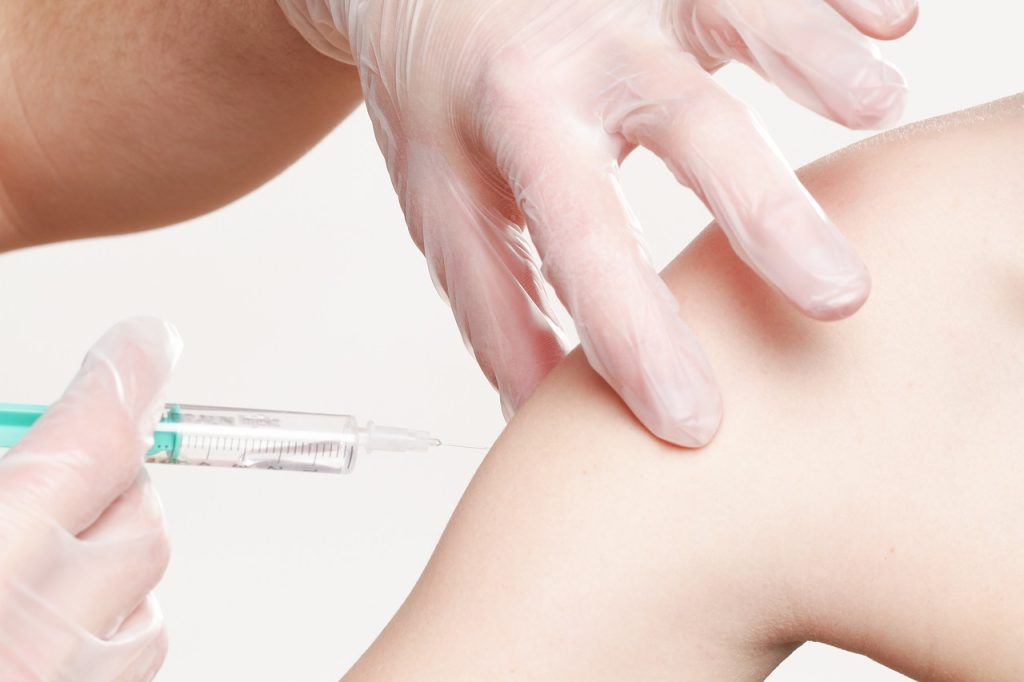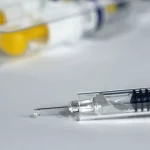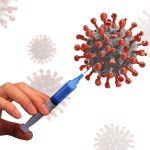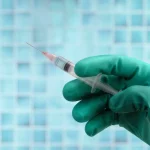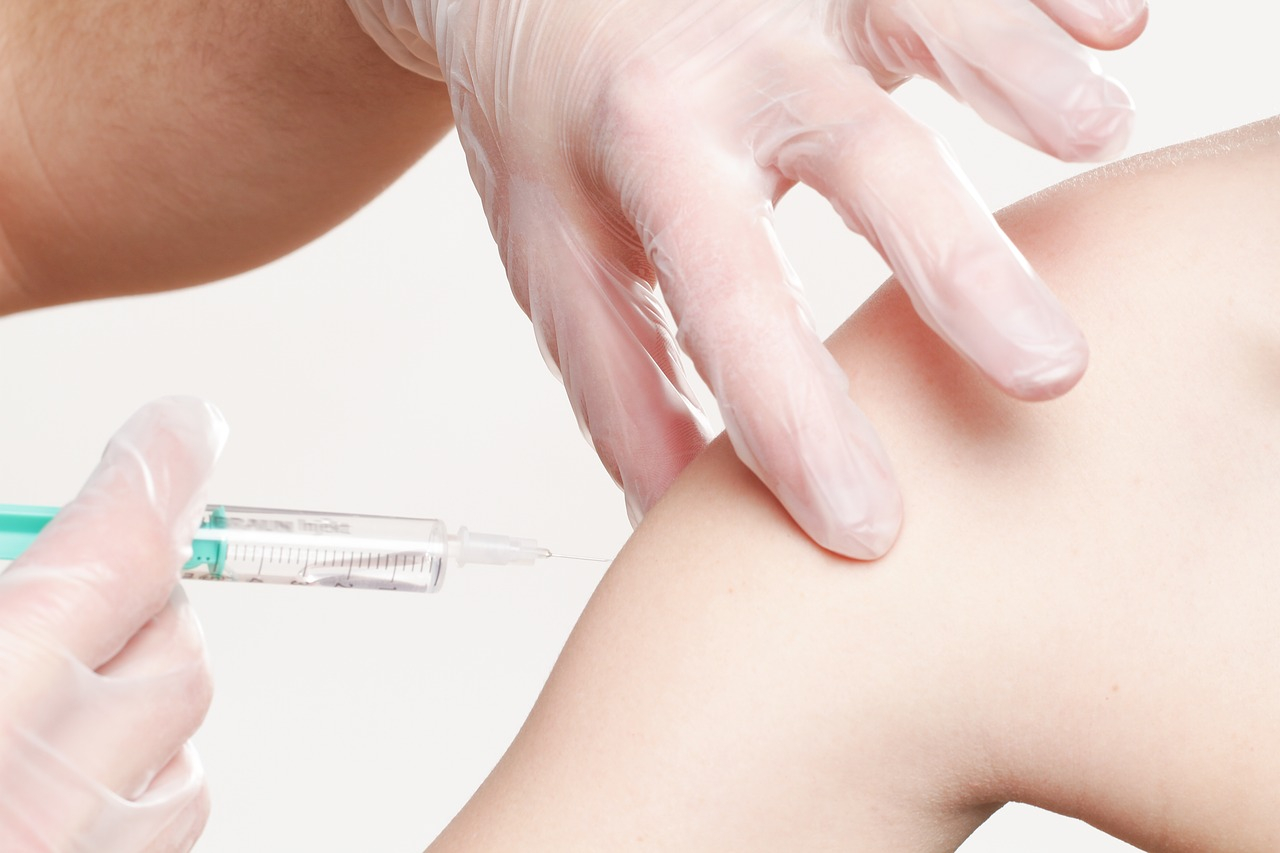
December 16, 2020 – The latest on the COVID-19 vaccination plan in Croatia, as revealed by Krunoslav Capak of the Croatian Institute of Public Health.
Jutarnji List reports that although the European Medicines Agency (EMA) has announced that approval for the use of Pfizer and BioNTech’s coronavirus vaccine could arrive by December 29, the German Bild reports that this could happen as early as December 23. On the other hand, the Germans say that in that case, vaccination in that country could start the day after Christmas, more precisely, on December 26. Given that the European Commission has announced in the vaccination plan that all EU countries, after the EMA has the last word, will receive the vaccine simultaneously, this would mean that Croatia could start with the first vaccinations on December 26 or 28.
Namely, BioNTech reported that the delivery of vaccines from the factory and the primary European distribution center of Pfizer’s vaccine in Puurs, Belgium, can start as soon as the green light from the EMA and the EC arrives. The date by which the EMA could give the green light was indirectly confirmed at a press conference by German Health Minister Jens Spahn. He said the media reports, according to which the EMA should approve the vaccine on December 23, were correct, adding that this would happen through a regular rather than an urgent procedure, “because we want citizens to gain confidence in the vaccine,” he said.
“We have information that the Pfizer vaccine will arrive in Croatia on January 4. However, the company said earlier that, as soon as the EMA approval arrives, symbolic quantities of the vaccine could be delivered to all EU countries at the same time this year. The rest should arrive after the New Year,” says the director of the CNIPH, Krunoslav Capak. He is convinced that if the EMA approves the vaccine on the 23rd, Croatia will receive the first quantities simultaneously as Germany and other EU countries.
It should be reminded that Croatia has ordered a million doses of Pfizer vaccine, but it will, as in other countries, arrive in smaller tranches. The first quantity for Croatia should be 125,000 doses and is intended for the vaccination of users and employees of nursing homes and health professionals. After that, those over 65 and chronic patients will be vaccinated with two doses, for which it will be necessary to organize vaccination sites well. The National Civil Protection Headquarters also announced a campaign to give citizens all the information they need about the benefits of vaccination and possible side effects.
According to some information, the start of the campaign is planned for December 21, while the current epidemiological measures will be in force, and it seems that they will not be eased. It is also possible that the measures will be tightened if, by the end of this week, the numbers of patients and hospitalized due to coronavirus do not show a more serious downward trend. The Headquarters and the Ministry of Health believe that this is optimal because most people will be at home, spending time watching television, listening to the radio, or reading online portals.
But what is still not clearly answered is the details of the vaccination plan. For healthcare facilities, this should not be a major problem, as many healthcare professionals are concentrated in one place and can vaccinate each other. However, nursing homes are increasingly a “bottleneck,” in which more than 70 percent of users have given their consent to vaccination. The facts say that homes do not have enough health professionals who could use all open vaccine bottles in the short term.
These days, the survey of nursing home users and employees has been completed, so it is known at least approximately how many doses are needed. So far, about 24,000 residents and employees have expressed this interest, which means that 48,000 doses should be provided for them within 21 days, which is the interval between two doses of the vaccine. If vaccination in Croatia starts on December 28, those vaccinated on that day will acquire full immunity on January 24 next year. By the end of the week, it should be known how much interest health professionals have in vaccination.
Initial figures suggest it could be about half of public sector employees, or about 30,000. This means that 60,000 doses of Pfizer vaccine should be provided for them. According to that calculation, after the vaccination of those from the first planned group of 125,000 received doses, there would be about 15,000 left from the first delivery of the vaccine, i.e., enough to vaccinate another 5,000 at-risk citizens.
However, there could be many more problems when the next shipment of Pfizer vaccines arrives, i.e., when the vaccination of the general population over the age of 65, who live in their apartments and houses, begins, because they will certainly need more doctors and nurses to implement them than usual in the flu vaccination season. There is still doubt as to whether vaccinations should be given exclusively to family physicians, as suggested by epidemiologist Dr. Bernard Kaić, or whether the number of “vaccinators” should be extended, for example, to pharmacists, about which there are also suggestions.
To read more about coronavirus in Croatia, follow TCN’s dedicated page.

